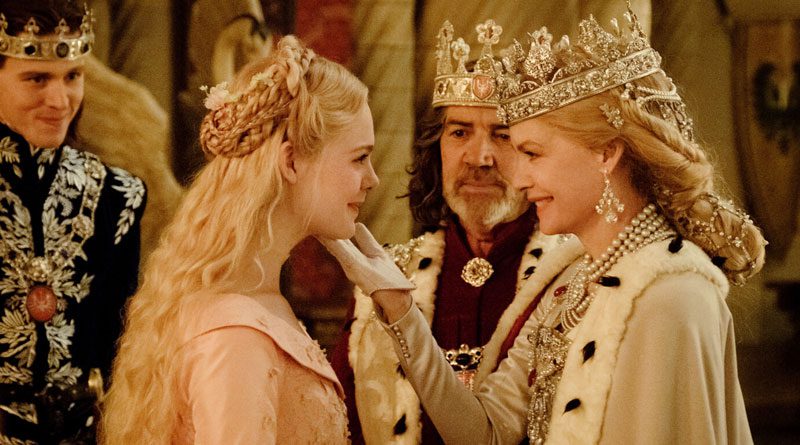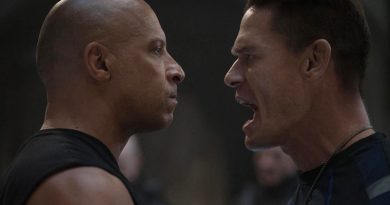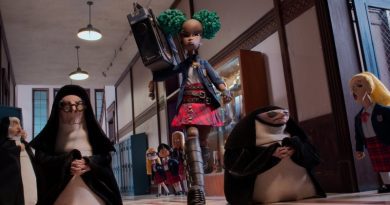Maleficent: Mistress of Evil (2019) Review
Five years ago, Maleficent opened to mixed reviews but still managed to make tons of money in the worldwide box office. Personally, I thought the first movie was nothing more than a shallow re-imagining of Sleeping Beauty, with Angelina Jolie’s spot-on performance as the title character and striking visuals being the only saving grace.
The sequel, however, is thankfully an improvement over the poorly-executed first movie, thanks to the more experienced director Joachim Rønning — best known as the one-half directing duo of Kon-Tiki (2012) and Pirates of the Caribbean: Dead Men Tell No Tales (2017) alongside Espen Sandberg — over the previous helmer Robert Stromberg. He does a good job executing the action sequences — something that I didn’t expect from this sequel, with the extended epic battle during the climactic third act being the prime example.
Credits also go to cinematographer Henry Braham along with production designer Patrick Tatopoulos and costume designer Ellen Mirojnick — all of which deserve equal mentions for making Maleficent: Mistress of Evil such a visually spectacular live-action fantasy that best experienced on the big screen.
Rønning even gets off on the right foot in this sequel, particularly earlier in the movie where Princess Aurora (Elle Fanning) invites her reluctant godmother Maleficent (Angelina Jolie) to attend for a family dinner with her fiancé (Harris Dickinson’s Prince Phillip, replacing Brenton Thwaites from the original) and his royal family (Michelle Pfeiffer’s Queen Ingrith and Robert Lindsay’s King John).

While I enjoyed the final battle sequences, the dramatic verbal exchanges between Angelina Jolie’s Maleficent and Michelle Pfeiffer’s Queen Ingrith during the dinner scene is far more compelling. Again, this is something I didn’t expect but I’m glad to see Rønning made good use of these two screen veterans’ magnetic star power and their acting prowess. In fact, their onscreen feud is remarkably tense that I wish Rønning would invest more time depicting the two of them together.
Which brings me the main problem of this sequel: the padded second act that Rønning rather spends his time piling up expository-filled scenarios after another, with Jolie herself surprisingly relegated to a secondary character for the bulk of the movie. Then, there’s the weak introduction of the dark fae led by Chiwetel Ejiofor’s Conall, which structured more like an unnecessary filler than a potentially strong narrative arc as if just to fulfil the sequel’s two-hour length quota. From here, Maleficent: Mistress of Evil made a curious detour by shifting more focus on Princess Aurora’s story and her subsequent discovery of Queen Ingrith’s hidden agenda. Although Elle Fanning commits a better-than-expected acting performance reprising her character than the first movie, it’s kind of a cheat to see Angelina Jolie’s supposedly leading role is more of the studio’s marketing gimmick to entice the audiences.
The plot, which again written by Linda Woolverton with extra inputs this time around from Noah Harpster and Micah Fitzerman-Blue, is pretty much a mixed result. At one side, they made the right choice downplaying the recurring appearances of the three little fairies (Imelda Staunton’s Knotgrass, Juno Temple’s Thistlewit and Lesley Manville’s Flittle). But the other side where the movie’s themes of family feud and revenge feel largely superficial and could have used some narrative polishes.
A few shortcomings aside, Maleficent: Mistress of Evil remains decent enough for a sequel that I originally have little expectation, especially after the huge disappointment of the first movie.





